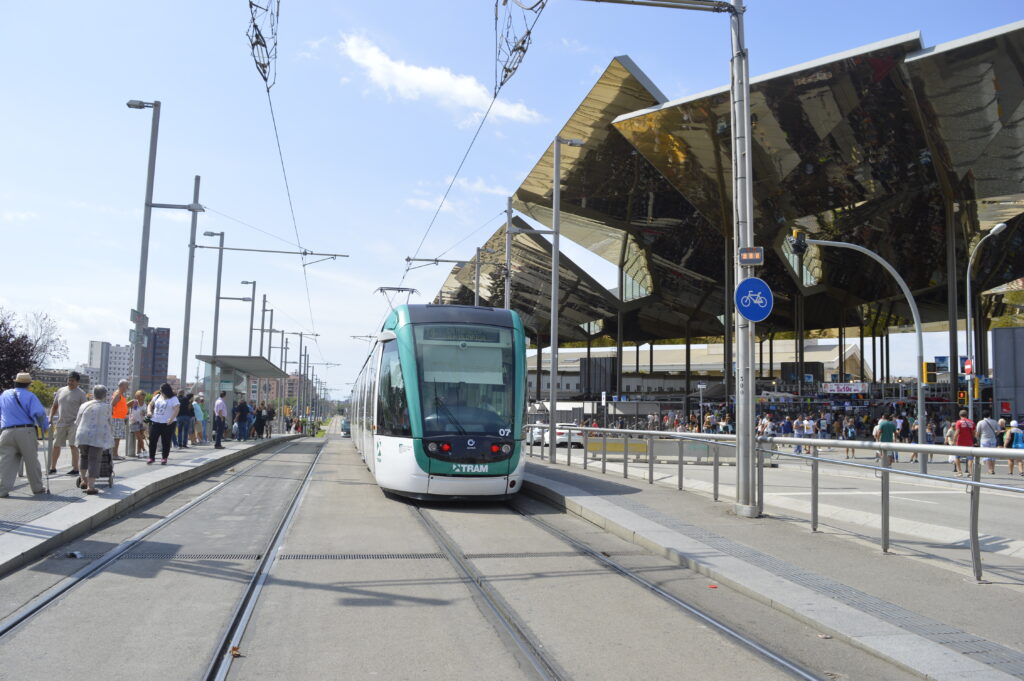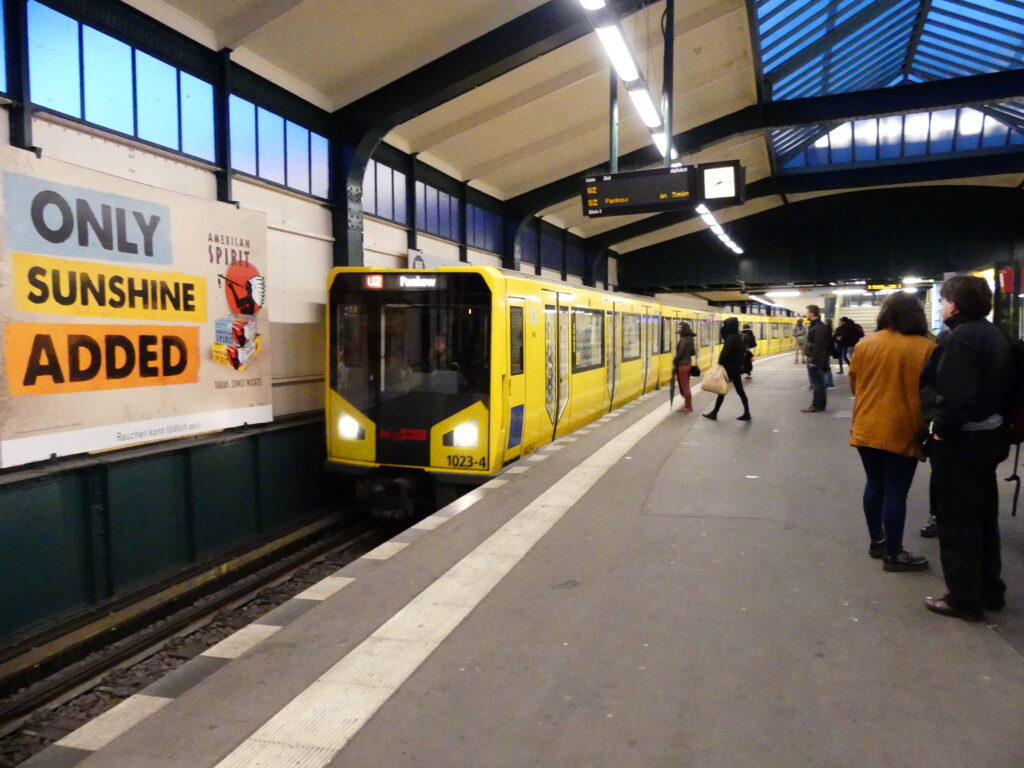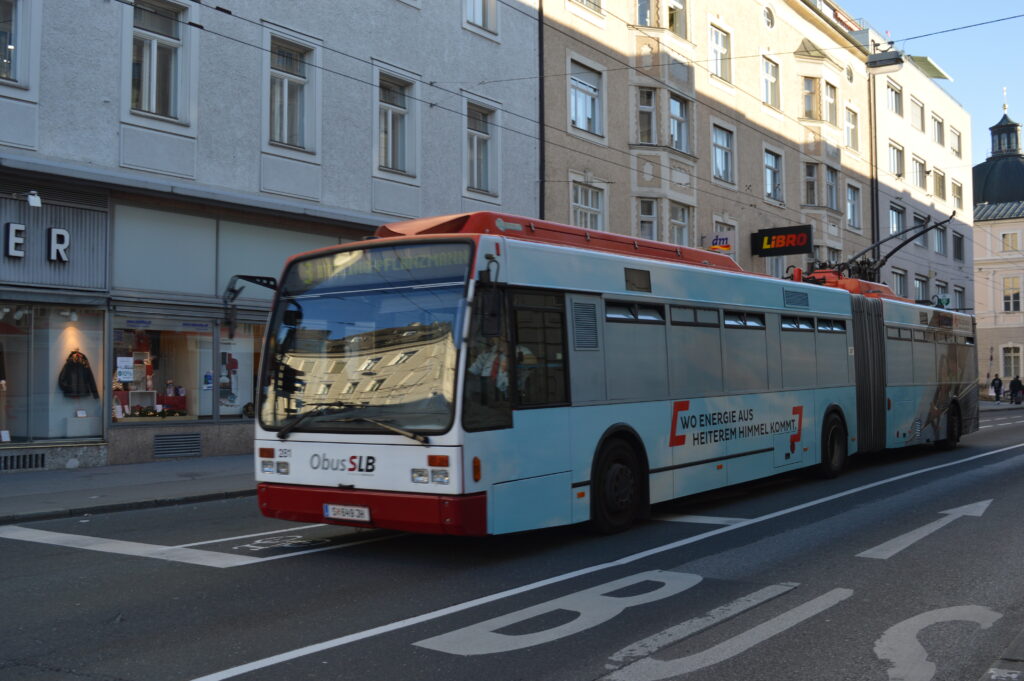
In our school trips abroad, we strive to expose the students to diverse forms of mobility some they have never experienced back home. And this time we explore the world of Trains
They form an integral part of transport engineering and urban mobility by enabling evacuation of large volumes efficiently at peak hours.
Trains are back in fashion by driving the conversation of sustainable mobility due to low carbon emission as well as keeping urban congestion at bay.
Here we look at diverse formats trains have been adapted to.
Metro:
Mostly underground. Speeds of up to 100km/h
The most common one globally and deployed in high density zones.
At the station, it’s commonly found at the lowest level to reduce congestion at ground levels.

Trams.
Found on the ground level. Slower speed.
Used mostly in low density zones or as a connector to metro lines.
Found at ground level of a train station
Suburban trains.
Runs on the ground level. Speed of up to 140km/h
Connects regions of a metropolis and is designed as a ring around large cities e.g Paris, Berlin etc.
At busy stations, it’s positioned at level -1 or -2

High-speed trains.
Runs on the ground and has fenced in tracks to reduce accidents. Speeds of up to 350km/h.
Connects big cities. E.g. Nairobi- Mombasa or even cross-border such as Paris- Barcelona
Sleeper trains
As the name suggests, you have sleeper cabins depending on class. It’s used as a vital connection to hinterland such as the Congo Jungle trains that are lifeline to the upcountry.
Alternatively, they are used for luxury travel e.g. the Tran Siberian routes from Moscow-Beijing/Vladivostok.

Trolley Bus
(Not really a train but a bus on wheel with a pantograph)
It’s used interchangeably with the tram and uses a similar overhead power source.
It’s efficient in tight streets and as a substitute to tram where costs or terrain are a hindrance.

It’s always fulfilling seeing young Kenyan students exploring the wonders of the world and understanding the connection between Urban Design and Mobility.
